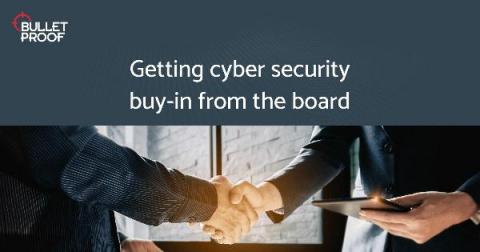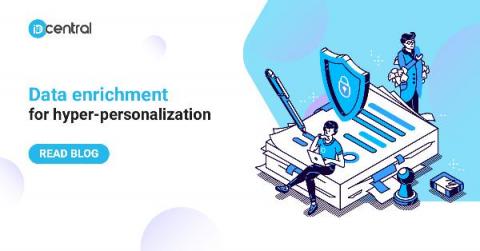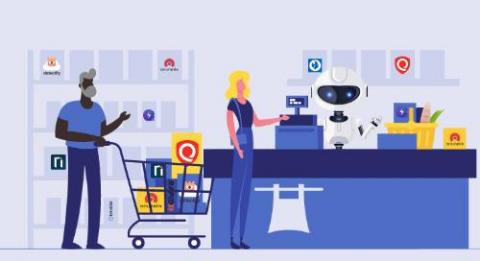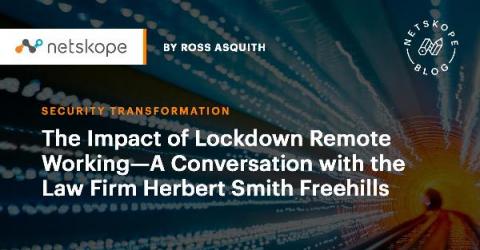How IT-OT Security Has Changed in the Wake of COVID-19
After the global outbreak of coronavirus 2019 (COVID-19), organizations quickly transitioned to remote work in order to enforce social distancing and to keep their employees safe. But this work-from-home arrangement opened up organizations to more risk as well as less redundancy and resilience.










